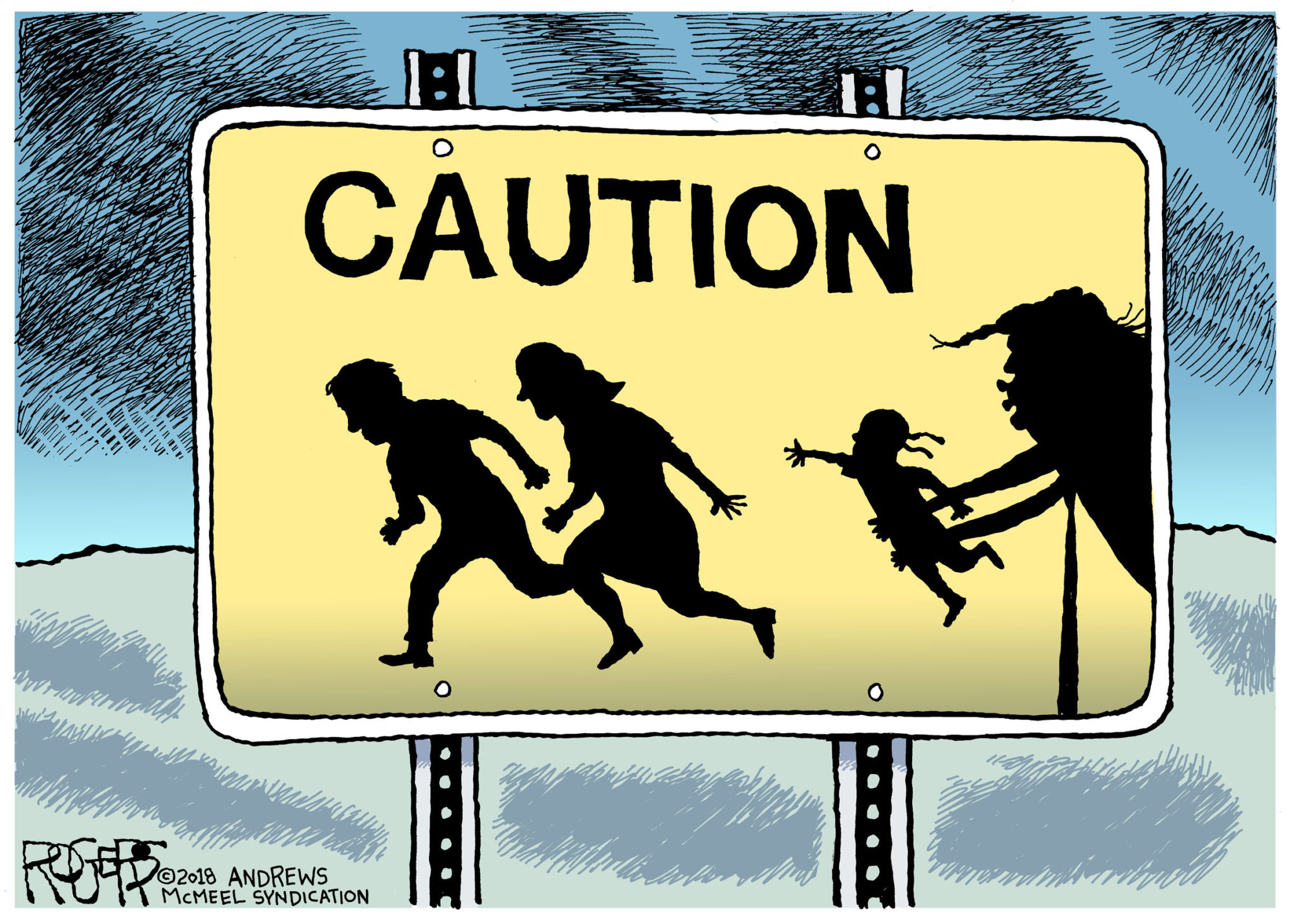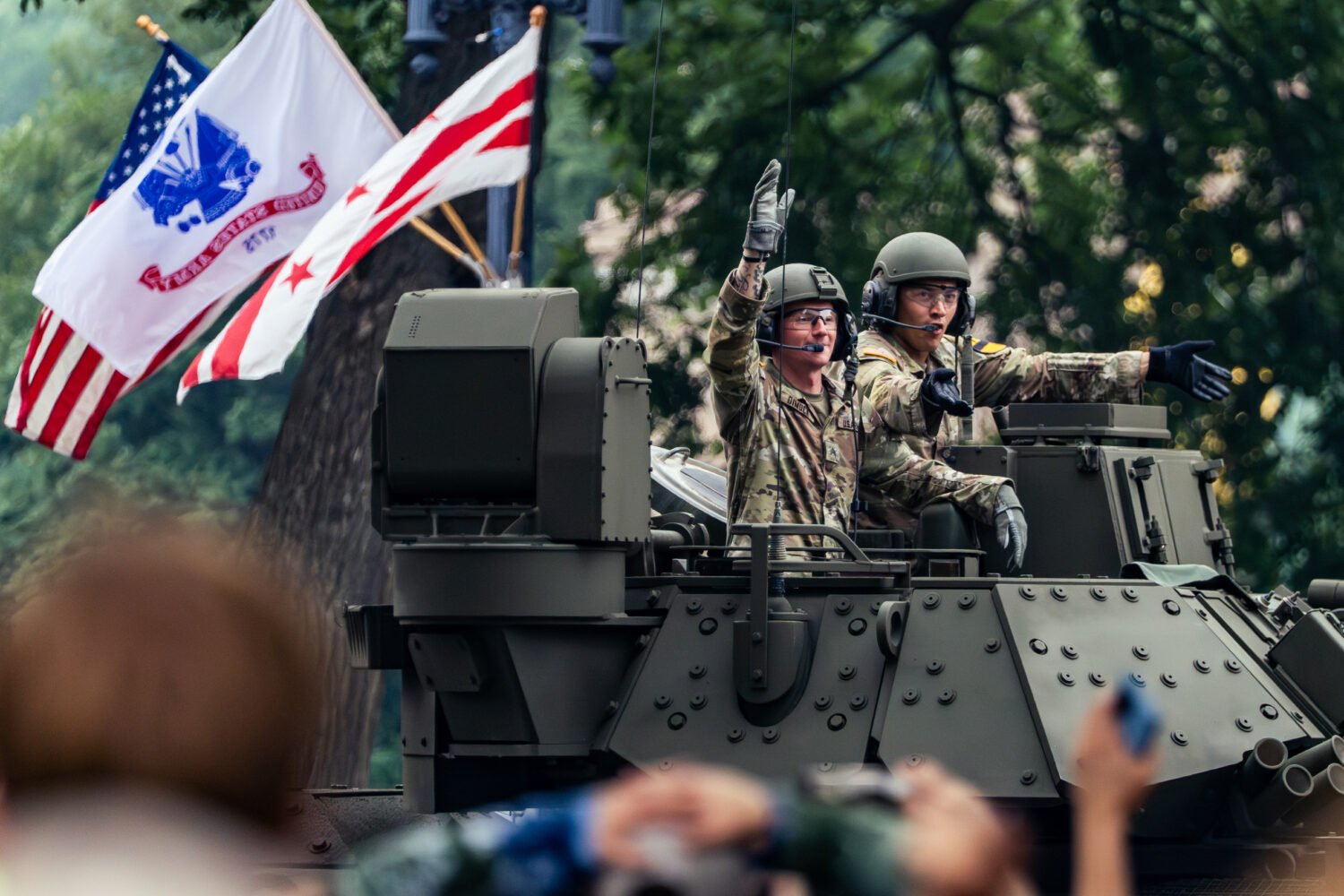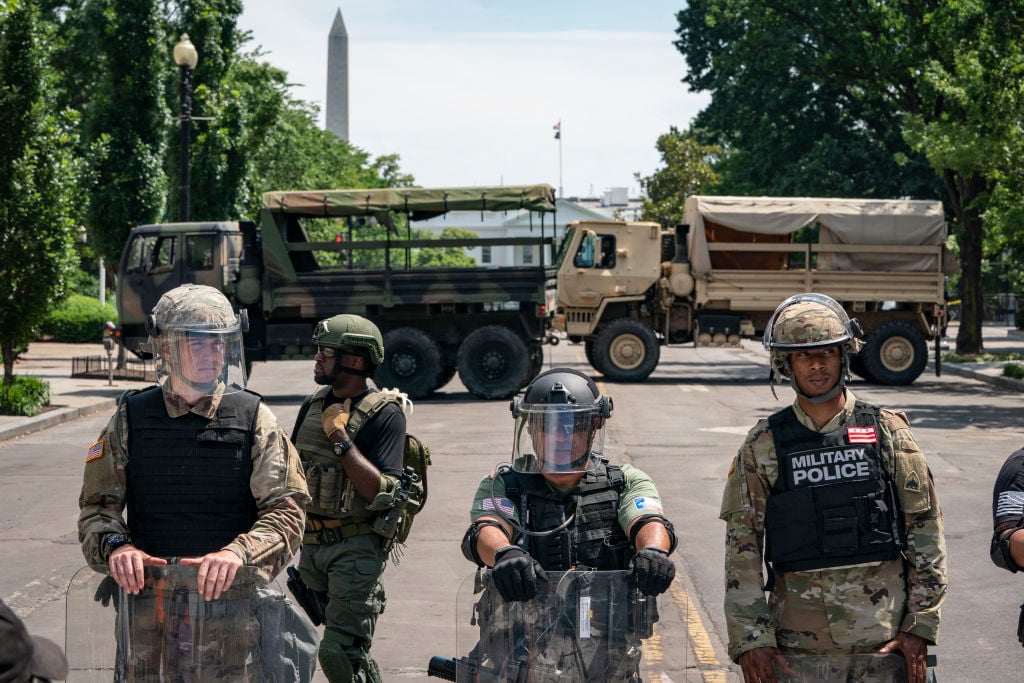On June 14, veteran cartoonist and Pulitzer Prize finalist Rob Rogers lost his job at the Pittsburgh Post-Gazette, a newspaper whose editorial pages have recently tilted to the right. This Wednesday, “Spiked: The Unpublished Political Cartoons of Rob Rogers” opens, an exhibition at George Washington University’s Corcoran School of the Arts and Design that showcases 18 of the cartoons that seem to have gotten him fired—razor-edged criticisms of the Trump administration that his newspaper chose not to publish over a two-month period. We got the exhibit’s backstory from the Corcoran’s director, Sanjit Sethi.
How did this come together so fast?
This exhibition was a real vertical takeoff. We realized in order to be responsive and timely, it was important to pull it off quickly. Thankfully I have a fantastic team that’s able to do that. We were in conversation with Rob in the middle of June. We made the decision to show the work in about six days and from there went to exhibition planning and execution. That’s printing, framing. Text is gathered. All those things take a little bit of time. In many ways, this exhibition should have never happened. That’s the interesting irony here: that Rob Rogers should have been producing his work as he’s done for the past 25 years, and we should have celebrated it, or critiqued it, or ignored it, as each one of us sees fit. But instead, here we are.
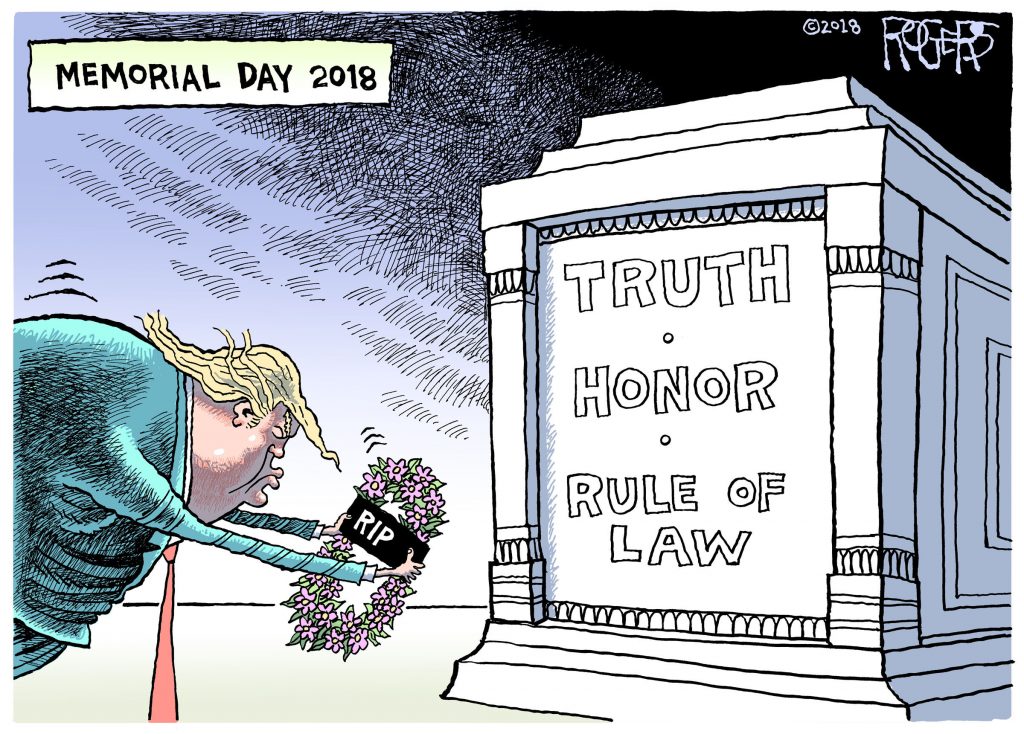
Why is it important to show this work right now?
Artists and journalists have always been at the forefront of cultural, institutional, and political critique. Artists produce work to make us think, and they can make us feel uncomfortable, but I think art does provide searing commentary on the way the world operates. For institutions like the Corcoran, my personal belief is that remaining silent in the face of censorship is not an option, because remaining silent only condones these measures we see being enacted on those who voice criticism or dissent. I think we’re in a stage where we as an institution have to draw a line. I should say that we’re not trying to advocate a partisan position but rather really an avowed determination that creative expression and freedom of the press are essential to a democracy. You’re not seeing an exhibition like this on a similar scale in Russia or North Korea, for that matter.
What questions do you hope visitors leave the exhibit thinking about?
First and foremost, I hope they leave with the impression that Rob is a skilled practitioner. He’s someone that has had a lifelong practice devoted to this remarkable medium that requires you to be creative and responsive to events that are occurring as we speak. I’d also like people to come away with the idea that it’s so important to support institutions that advocate for creative expression and freedom of the press. Thirdly, I think it’s important for them to reflect on where we are as a society and as a community and how ideas like hyper-nationalism and other things like that affect where we are today.
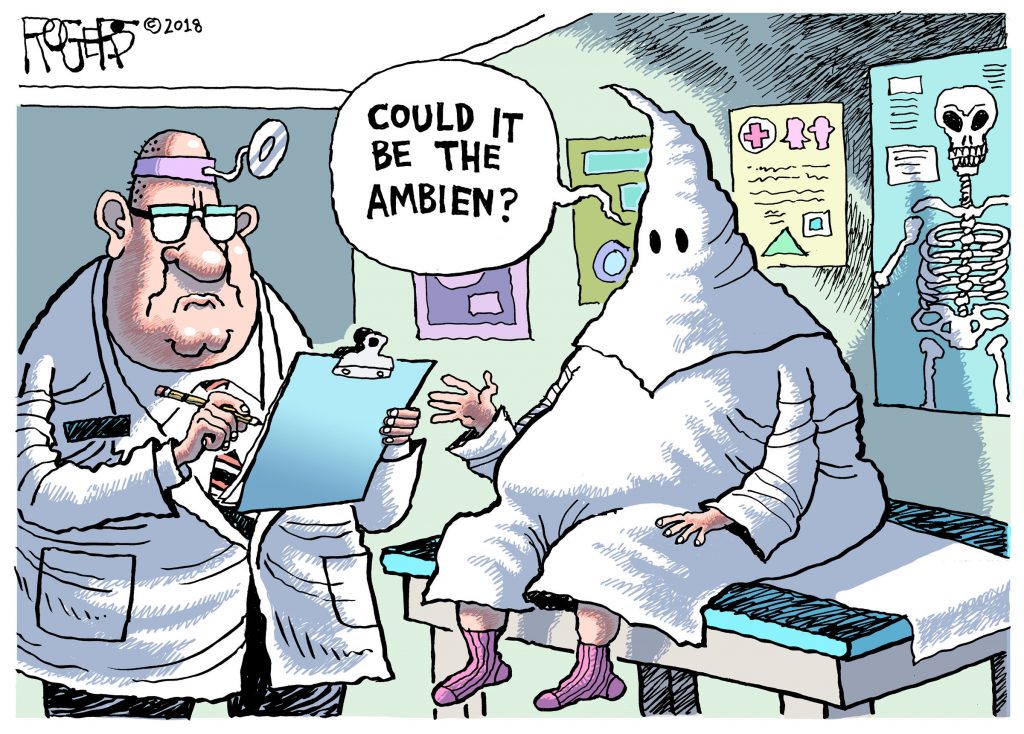
When you’ve talked to Rogers, has there been anything he’s said that’s particularly stuck with you?
As we were starting to talk about the possibilities of this exhibition, he and I were on a call, and he said, “You know, if Hillary Clinton was elected president, I would still have a job.” For me it was pretty profound, that his desire to want to critique structures doesn’t exist from a partisan framework; it exists from a framework of wanting to provide the essential function of critique. For our students, [this exhibit means] they get a chance to see ideas in action, to see iterations, to see how one can have tenacity in the face of adversity.

